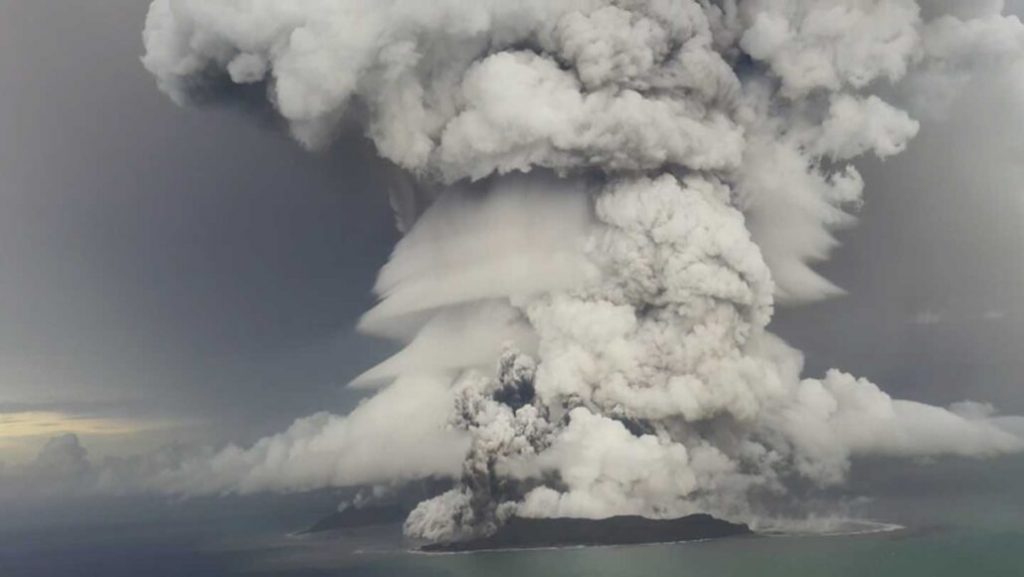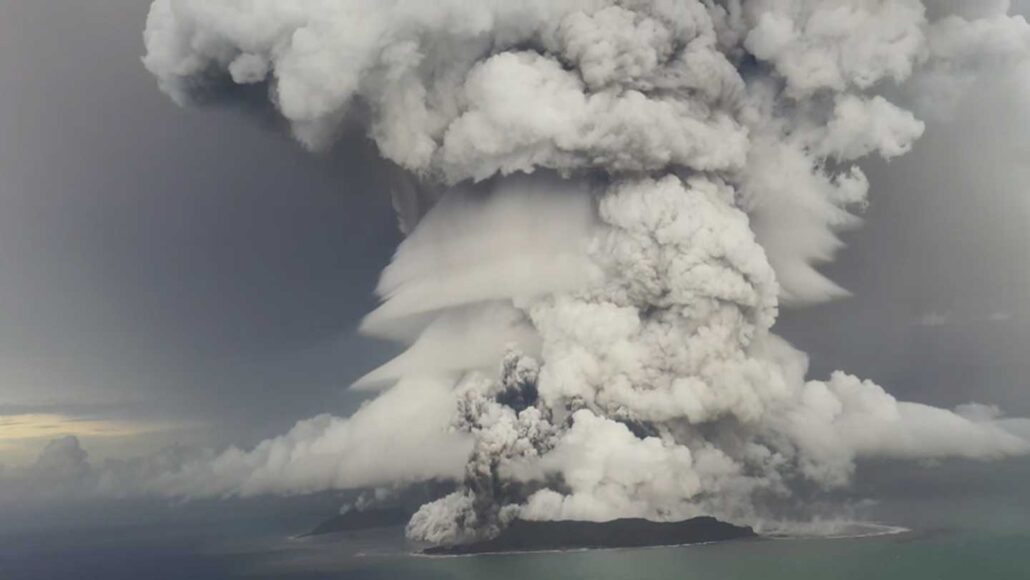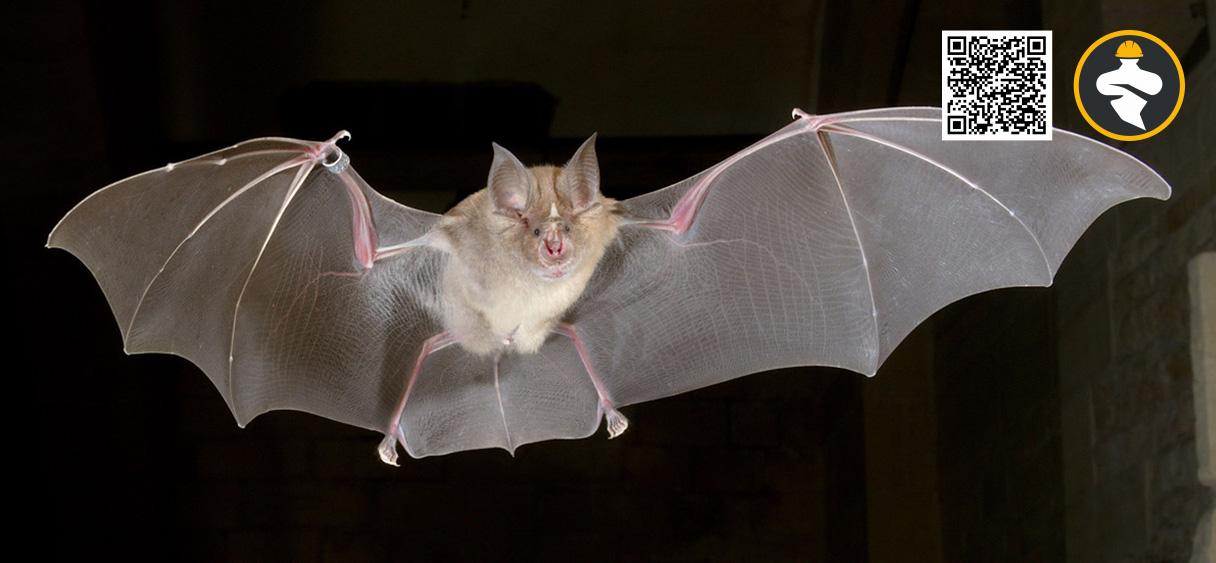This year’s eruption of the Hunga Tonga-Hunga Ha’apai volcano in the Pacific Ocean was one for the record books in a number of unexpected ways.
A first-of-its-kind observation for an earthly volcano, the eruption on January 15 was so violent that water vapor was propelled into the atmosphere so high that it touched space. The event also created the highest concentration of lightning ever recorded, making it much more spectacular than the Krakatau eruption in Indonesia in 2018 or the tornado outbreak in the American South in 2021.
The eruption also produced an ionosphere disturbance that was comparable to a solar geomagnetic storm due to the amount of energy it emitted.
These and other eruption superlatives were discussed by seismologists, geophysicists, and oceanographers at a news conference on December 12 and in many presentations at the American Geophysical Union’s fall meeting in Chicago.
According to astrophysicist Larry Paxton of the Johns Hopkins University Applied Physics Laboratory in Laurel, Maryland, “These are once in a lifetime observations.”
He and his colleagues looked at data from a NASA satellite orbiting the Earth called the Global Ultraviolet Imager. In the far-ultraviolet light region of the electromagnetic spectrum on the day of the eruption, according to Paxton, the sensor showed “something unusual”: a rounded area in the satellite data that coincided with the volcano’s location where there was a brief decrease in those UV emissions.
Below what is commonly thought of as the boundary of space, or around 100 kilometers above sea level, the equipment cannot detect anything in the atmosphere. According to the researchers, this indicates that some kind of released substance, most likely water vapor from the underwater volcano, had traveled far enough into space to momentarily absorb those light particles. In the past, scientists had predicted that the eruption had reached the mesosphere in addition to the stratosphere. The new discovery implies that the explosion went far higher.
The eruption of the volcano started in December 2021 (SN: 1/21/22). It was “one of the most prolific lightning makers” on the planet by early January, according to Chris Vagasky, a meteorologist with Vaisala Inc., a Finnish company that makes environmental instrumentation.
Vagasky and colleagues calculated that at least 400,000 lightning strikes occurred at and around the volcano on January 15 alone using Vaisala’s Global Lightning Detection Network. This estimate is an order of magnitude higher than what is typically seen in Earth’s most potent supercell thunderstorms, according to Vagasky. “This was the most severe lightning event the global network has ever identified.”

The ionosphere, a region of the Earth’s atmosphere where charged plasma coexists with other atmospheric particles, received some of the explosive energy from the volcano. The explosion generated atmospheric pressure waves that traveled into space and caused the plasma to move (SN: 8/29/22).
These plasma shifts then resonated across the ionosphere and the Earth’s magnetic field lines to affect plasma thousands of kilometers away. Claire Gasque, a space physicist at the University of California, Berkeley, described it as “like plucking a guitar string.” (Gasque is the daughter of Macon Morehouse, Science News’ news director; Morehouse was not involved in the creation of this piece.)
The influence of a brief solar geomagnetic storm that started on January 14 was paralleled, and in some areas, even surpassed, by the effect of the volcano’s eruption on the ionosphere on January 15. Despite a geomagnetic storm that occurred at the same time, the volcano dominated alterations in ionospheric dynamics.
Most people believe that solar impacts are what generate space weather, according to Gasque. However, these findings imply that a volcano may be just as powerful.
According to the researchers, as scientists continue to analyze the data from the huge explosion, the volcano may still set further records.
Reference: Carolyn Gramling @ www.sciencenews.org
B.J. Harding. Impacts of the Tonga eruption n the ionospheric dynamo: ICON-MIGHTI and swarm observations of extreme neutral winds and currents. American Geophysical Union fall meeting, Chicago, December 14, 2022.
L.J. Paxton. Observations of the Hunga-Tonga eruption by TIMED/GUVI and DMSP SSUSI instruments. American Geophysical Union fall meeting, Chicago, December 14, 2022.
L.C. Gasque. Volcanic modification of the E-region dynamo: ICON observations of the recent Tonga eruption. American Geophysical Union fall meeting, Chicago, December 14, 2022.
C. Vagasky and R. Said. Did the eruption of Hunga Tonga-Hunga Ha’apai produce the greatest concentration of lightning ever detected? American Geophysical Union fall meeting, Chicago December 14, 2022.












